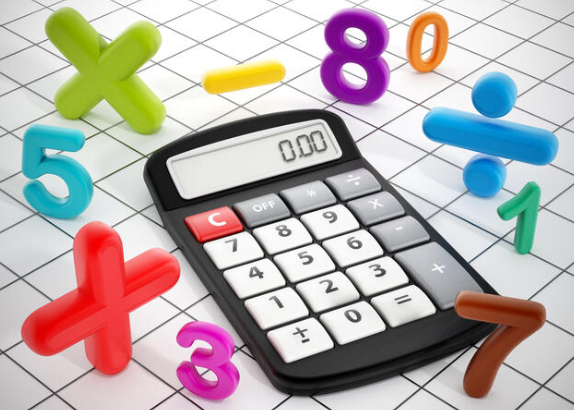Division, a fundamental arithmetic operation, serves as the cornerstone of mathematical applications. This exploration delves deeper into the core components of division, providing a thorough understanding of dividends, divisors, and quotients.

Check Out Our Free Division Worksheets
Division at Its Core: A Fundamental Process
Definition: Division involves the systematic distribution of a quantity (dividend) into equal parts determined by another number (divisor).
Example: Let’s take 15 ÷ 3 as an example. In this scenario, 15 is the dividend, 3 is the divisor, and the quotient, 5, signifies how many times 3 can fit into 15.
Dividend Deconstructed: Unpacking the Total Quantity
Definition: The dividend is the entirety of the quantity undergoing division.
Example: Imagine having a collection of 20 books (dividend) and the goal is to organize them into sets. If the objective is sets of 5 books, the division equation becomes 20 ÷ 5, resulting in 4 sets.
Deciphering Divisors: Understanding the Determining Factor
Definition: The divisor is the number that dictates how the dividend is divided.
Example: Building on the book scenario, if the aim is sets of 4 books, then 4 becomes the divisor. The result is 20 ÷ 4 = 5 sets.
Quotient Unveiled: The Outcome of Division
Definition: The quotient is the result of the division process.
Example: With 20 books divided into sets of 4, the quotient is 5. The division equation 20 ÷ 4 = 5 illustrates the significance of the quotient.
Visualizing the Division Process: A Tangible Perspective
Example: Envision having 25 candies (dividend) and distributing them equally among 5 friends (divisor) in the equation 25 ÷ 5. Each friend receives 5 candies, offering a tangible illustration of the division process.
Notations and Symbols: Expressing Division
Explanation: Division can be denoted by symbols such as “÷” or expressed as a fraction.
Example: Consider 18 ÷ 6, which can be represented as the fraction 18/6. Here, 18 is the numerator (dividend), and 6 is the denominator (divisor).
Practical Significance: Beyond the Mathematical Realm
Insight: Division extends beyond mathematics, finding practical applications in real-life scenarios.
Examples:
Budget Allocation
- Scenario: In personal finance or business settings, individuals often allocate budgets for different purposes.
- Application: Division comes into play when distributing the total budget across various categories, such as housing, groceries, entertainment, etc.
- Example: If a monthly budget is $1,000 and one allocates 30% to housing, division helps determine that the housing budget is $300 (1000 * 0.30).

Free Math and English Worksheet Generators
Calculating Averages
- Scenario: In fields like statistics or everyday situations, understanding averages is crucial.
- Application: Division is used to calculate averages by dividing the sum of values by the total number of values.
- Example: To find the average score of three exams (75, 80, and 90), add them (75 + 80 + 90 = 245) and divide by the number of exams (3), resulting in an average of 81.67.
Task Distribution in Teams
- Scenario: Teams often need to distribute tasks based on workload or expertise.
- Application: Division helps determine a fair distribution by dividing the total tasks among team members.
- Example: If there are 15 tasks and 3 team members, division assigns 5 tasks to each member (15 ÷ 3).
- Understanding the practical implications of division enhances decision-making and problem-solving across a spectrum of everyday situations.
Summary
Division goes beyond mere mathematical abstraction, evolving into a versatile tool with widespread applications. Gaining a nuanced grasp of dividends, divisors, and quotients equips individuals to tackle mathematical hurdles and employ division adeptly in a range of real-world scenarios.